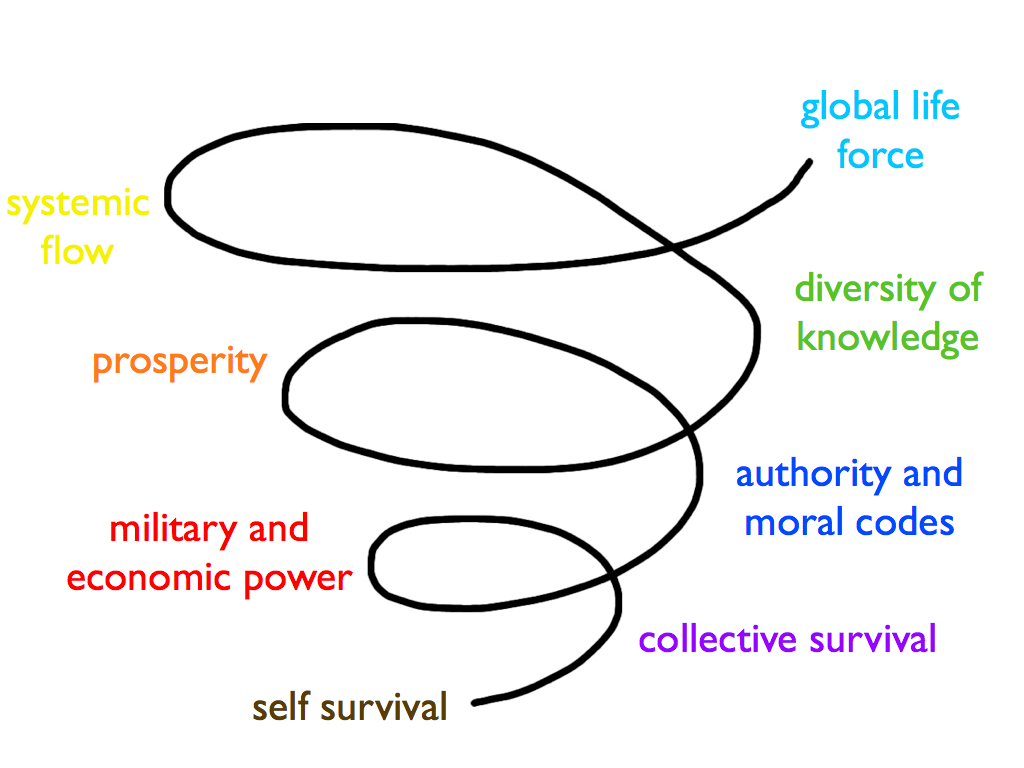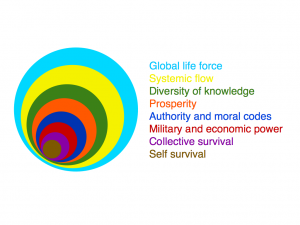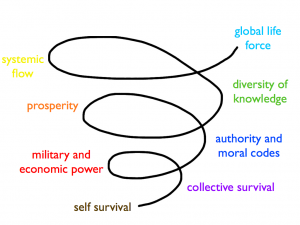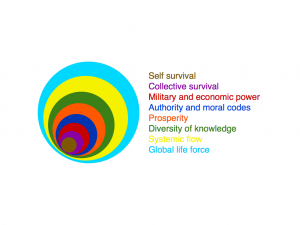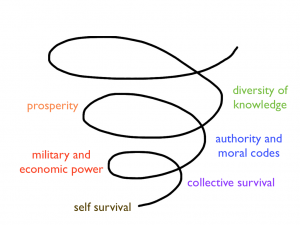Over the course of the last nine months, I have been sharing bits of the book I am working on – Nest City: The Human Drive the Thrive in Cities. I made a decision to share the book on my blog while I was working on it. Five chapters and 126 posts later, the decision to share this work before it is officially in book form is one I revisit over and over in my mind.
For each post to appear on my blog, I have to hit this button:
The word ‘publish’ is rather official. A recent author acquaintance of mine cringed when she heard I was sharing what I was working on: “Why are you giving this away?” Another author friend says, “Good for you. I blogged most of my book before it turned into a book too.” Others have warned me that publishers will not look at the book now that it has been ‘published’. I am of the opinion, still, that writing here is serving me and my readers well in several ways:
- I learn in bite-size pieces. I get to dive into small passages and sort and sift around in my being to seek out what I am learning.
- I write in bite-size pieces. These are small pieces that serve to help me wrap myself around a thought. Blogging helps me discern the pieces I have to work with, that will later shape up into book form. This is essential time to practice the craft of writing.
- We find each other. By sharing the pieces of my exploration, fellow explorers and I are able to find each other. As I share, I reveal myself to my audience, and my audience reveals itself to me.
- We build supportive relationships. I am receiving feedback from readers: the odd comment here on my blog, an email, a ‘like’ or comment in facebook or Linked In, or new followers on Twitter. I am hearing about how my writing supports others and the work they do. In return, readers are supporting me too by using my blog posts on their webs sites, as they teach, and simply by giving me feedback on what resonates for them.
- We grow our understanding – of selves and cities. The more we explore individually and collectively, the more we learn and improve. We are expanding our consciousness.
I don’t know – yet – what my writing will add up to. I do know that my writing, when published as a book, will not read as it does here. While I have a destination in mind – a published book that we can lay our hands on physically and digitally – I do not know exactly what it will say and how it will say it. I have a frame that I am using here, with chapters and the like, but I an open to that changing if and when that makes sense. With each post, my sense of direction gets more clear. Even what the book will say gets more clear. But the real book to come is in the process of emerging.
The very process by which we create our cities, through the interplay of destination (chapter 4), a learning journey (chapter 5) and emergence (chapter 6), is in play for me as I craft the book. I have a destination/direction; I am on a learning journey; I am about to explore the thresholds that each of us, and our cities come across as we emerge.
The next series of posts will explore the role of emerging thresholds as we organize ourselves and our cities for continuous improvement.
_____ _____ _____
- My decision to share the book while I am working on it
- The overall structure of Nest City, is in three parts
- The plot for Part 2, chapters 4-7


